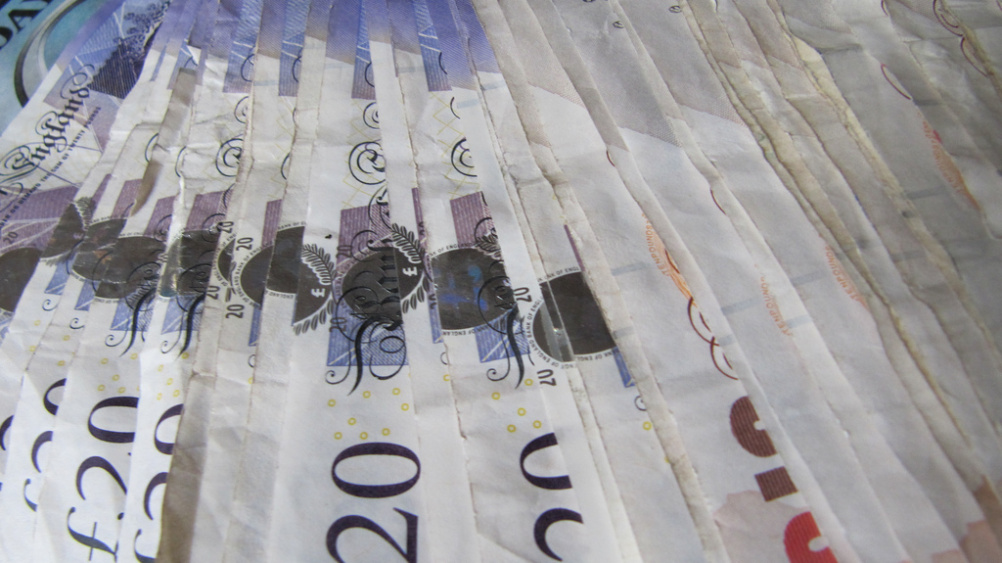How to hold your price and win the work

Dropping your price to win work can lead to a choice between either reducing the quality of your work or reducing your profit. Either way someone loses out. The problem is that clients are under pressure to cut their costs, which can lead them to make choices and requests that under normal economic conditions they would not make. So what can you do to raise your chances of winning work at the price you propose?
I spoke to James Nairn, creative director at Newport Pagnell-based Dodo & Company. He believes ‘the best creative design is the product of dedication, passion and hard work for which an appropriate fee is justified’. He shared the following story with me. Applying the same dedication, passion and hard work to winning work enabled him to secure a project and stay true to his values.
Here’s what happened, in James’s words:
‘Our contact details had been provided to a company as a word-of-mouth recommendation by an ex-employee from one of our clients, they subsequently asked us and two other companies (who they had previously worked with) to provide a quotation for the design and printing of their annual review. We submitted a quotation for design and artwork, printing at cost and an optional print management fee.
‘Our quotation was initially rejected on the basis that it was considerably more expensive than the other quotations provided.
‘We telephoned the company to say we were sorry that we would be unable to help them with a reduction in our fees, but said we would always be happy to provide advice, that we would always be available to act as a sounding board and suggested getting together at some point to help them put names to faces.
‘As a parting comment we casually asked whether they were sure the other companies quoting would provide the quality of finished product that they would expect from a corporate document.
‘We have always held the belief that we offer a value-for-money service both in terms of the quality of the design and working practice, which we think is reflected by the long-term relationships we have built with existing clients.
‘This created sufficient doubt for the company to ask the other designers to clarify how they would approach the project. This was followed by an invitation to meet, where we were able to demonstrate how we are able to maintain a consistency of style and continuity over a range of corporate publications and also the benefits of this approach. We were finally awarded the contract eight weeks after the initial approach.’

Source: Howard Lake
So what did James do that another design business could take from this story?
Manage your motivation. ’My motivation to follow up the client’s initial decision wasn’t driven by arrogance or even confidence but a genuine concern the client was going to waste their budget. It is just really frustrating when people can’t see the difference between saving money and wasting money.’
Keep the work and the money in balance. ’I believed the project had all the elements that would enable us to create something really nice so I was quite keen to do it – for the right price.’
Present design as a legitimate profession. ’The fact that the Design Business Association exists and (our membership) confirms that design is actually a legitimate profession, which wouldn’t be the case if design was just the product of sitting in a dark room with a lava lamp.’
Treat them as an existing client. James says he behaved no differently with this opportunity as he would do with an existing client.In applying the same dedication, passion and hard work he was able to secure a project that he wanted without compromising his values.
John Scarrott is membership director at the Design Business Association. His DBA blog, Conversations With, is here.
-
Post a comment




